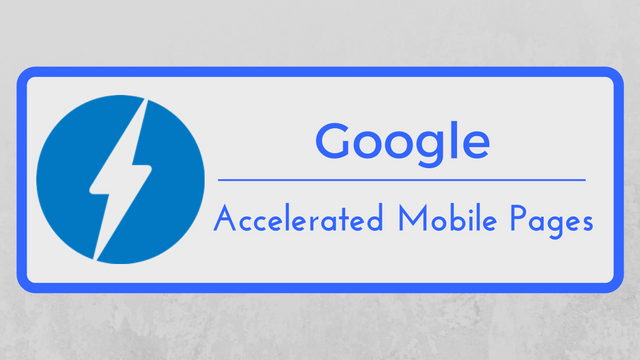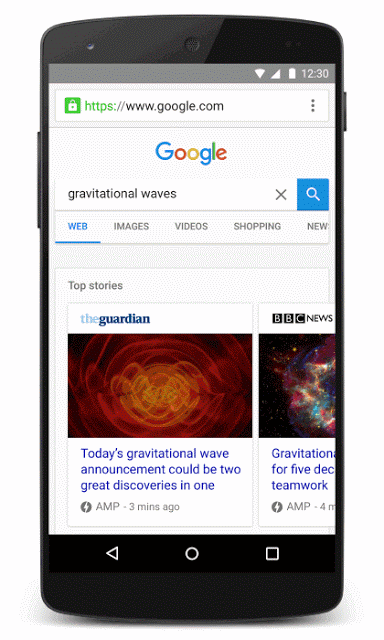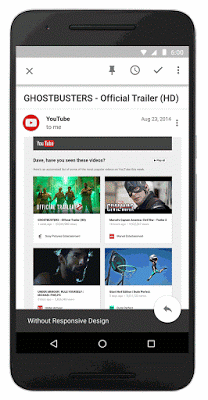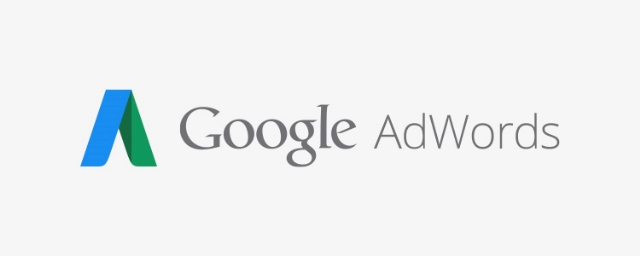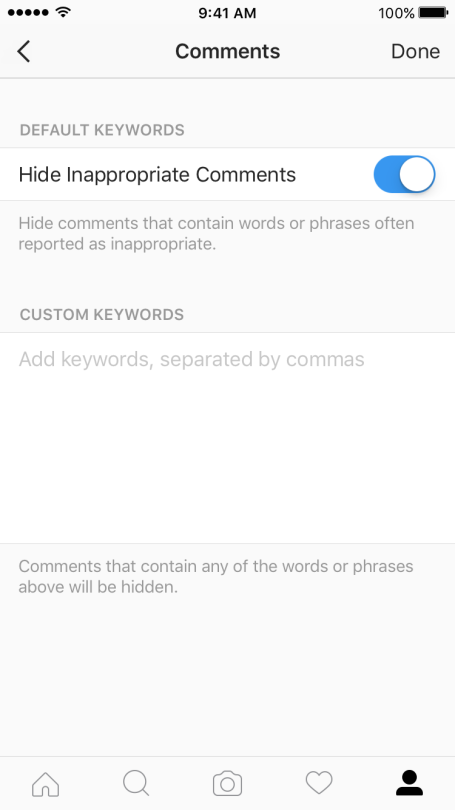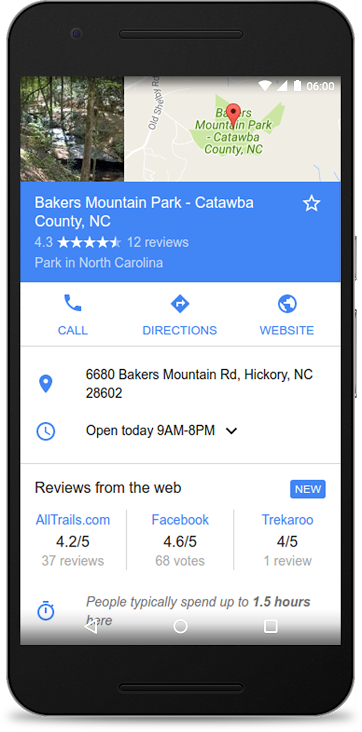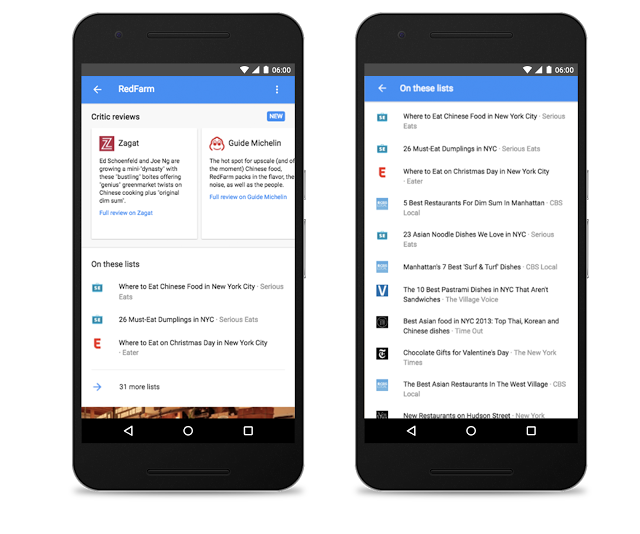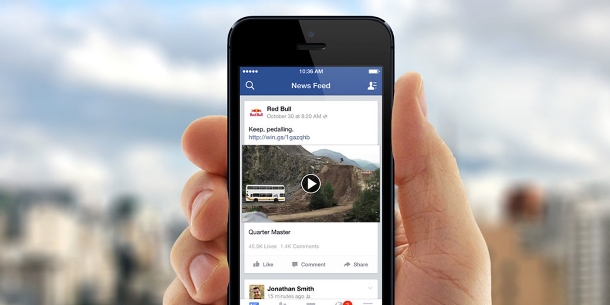Video is finally experiencing the dominance many have claimed it would rise to since the release of YouTube. No matter which platform you look at, it is hard not to see videos littered throughout all your feeds.
This includes Twitter, which has made video a major part of its platform. As such, Twitter has also been keeping close track of how videos on its platform perform, to help advertisers know who is watching what, when, and whether these viewers are taking the time to watch pre-roll ads.
Twitter and AdWeek just released the platform’s annual Online Video Playbook to share what makes Twitter uniquely suited to video content. In particular, the research shows that video ads in Twitter are at least twice as memorable as ads presented on other services.
“As we navigate the dynamic world of video, these insights can help marketers and agencies unlock massive opportunity,” said David Roter, agency development director at Twitter. “We refer back to this playbook as we work strategically with our partners to develop innovative and creative campaigns.”
Check out the infographic below or at AdWeek:



